Young 5’s
I can understand patterns by playing a computer pattern game and using pattern blocks to create various patterns.
I can tell my partner what pattern I created.
Sentence Stem:
My pattern is ____________________.
Vocabulary: pattern, repeat, color, sort
Kindergarten
I can recognize and describe the pattern of our 4 seasons(Winter, Spring, Summer, and Fall) by coloring, cutting, and matching the correct picture to each season.
I can orally name and describe one of the seasons.
Sentence Stem:
___________ is one of the seasons. In this season___________________.
Vocabulary: seasons, pattern, year, summer, winter, fall, spring
Warm, cold, cloudy, sunny, rainy, cool, hot, weather
First Grade
I can demonstrate comprehension about light rays by exploring and observing what light does when it hits an object (reflect, transparent, translucent, opaque).
I can draw at least 2 things that are transparent, translucent, and opaque and orally tell my partner using the following sentence stem:
The ______________ is transparent.
The ______________ is translucent.
The ______________is opaque.
Vocabulary: light, reflect, bounce, transparent, translucent, opaque
1-PS4-2
1-PS4-3
Second Grade
I can demonstrate knowledge of where water is found on Earth by using a globe to identify how much of Earth is actually water and where water is found.
I can answer questions about Earth’s water and color a world map to show water and land masses.
Vocabulary: water, fresh water, frozen water, map, ocean, river, lake, pond, stream, glacier, landform
Third Grade
New Unit-”Weather and Climate”
Introduction
I can demonstrate knowledge about weather and climate by watching a video and matching facts that pertain to each.
I can orally explain to my partner the difference between weather and climate.
Sentence Stems:
Weather means___________________.
Climate means_____________________.
The difference is _________________________.
Vocabulary: weather, climate, average, daily, short term, long term
3-ESS2.D
Fourth Grade
I can demonstrate knowledge of waves by observing waves being created with a jump rope and slinky to explain wavelength and amplitude.
I can draw an example of a wave and label the wavelength and amplitude of the wave.
Vocabulary: waves, wavelength, amplitude, energy, motion
PS4.C Wave Properties
Fifth Grade
Focus Questions: What is the motion of Earth in space? and Why doesn’t Earth fly off into space?
Content Objective: I can demonstrate application of how Earth and other planets stay in orbit by using my prior knowledge of Newton’s First Law of Motion using a ball(Earth) attached to a string(Gravitational force), and my hand (Sun) model to predict the following: what will happen when the ball is twirled above the head, if the ball(Earth) had more speed than the Gravity pulling on it, and if the ball (Earth) traveled at a slower speed.
Language Objective: I can write and draw(with labels) to explain why Earth and other planets stay in orbit around the sun.
Reflection- Sentence Stems:
The Earth and other planets stay in orbit around the sun because ______________________________ .
The ball and string model demonstrated this by ____________________________________________.
*For Drawing- Draw and label the Sun, the Earth, and use arrows to show gravitational force, and the path Earth is traveling.
**Challenge**: Why do you think the moon orbits Earth?
Vocabulary: orbit, elliptical, motion, rotation, axis, revolution, force,balanced force, unbalanced force, gravitational force
PS2.B Types of Interactions
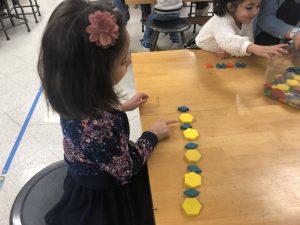
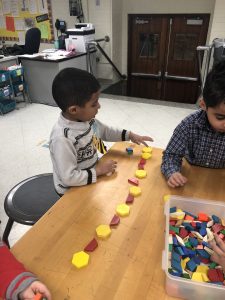
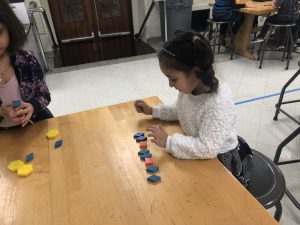
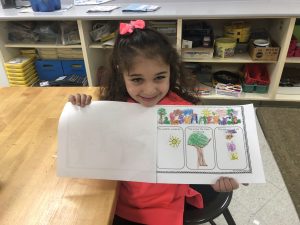
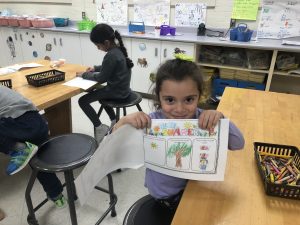
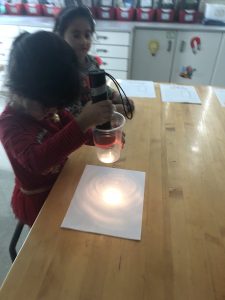
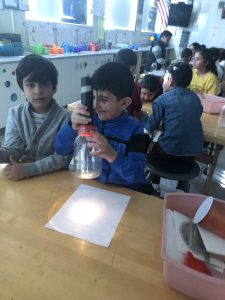
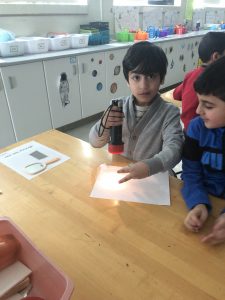
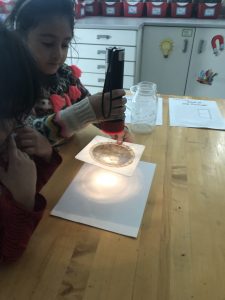
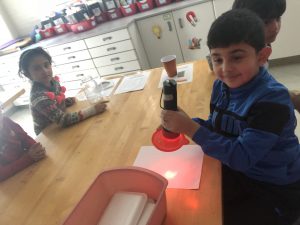

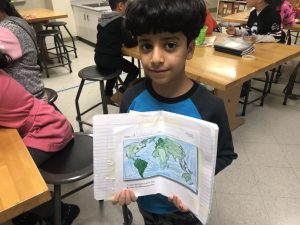
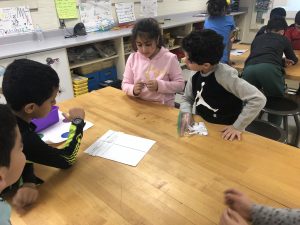
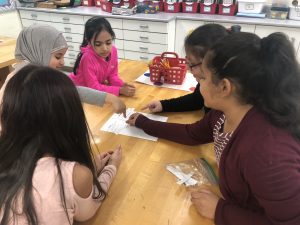
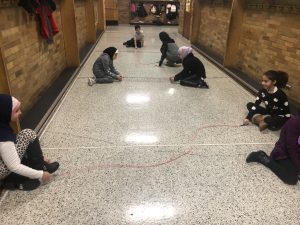
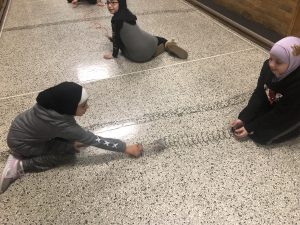
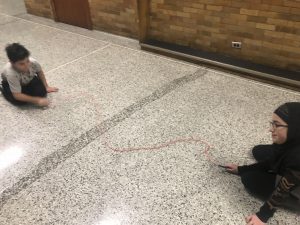
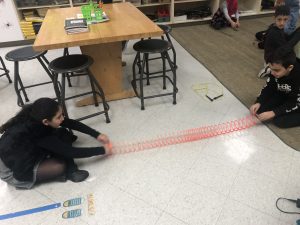
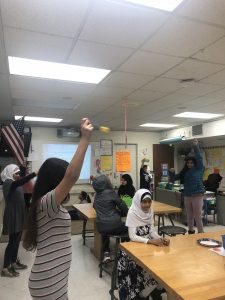
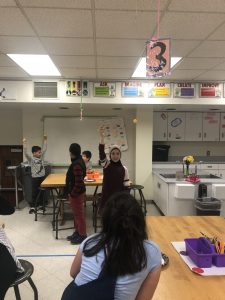
Leave a Reply